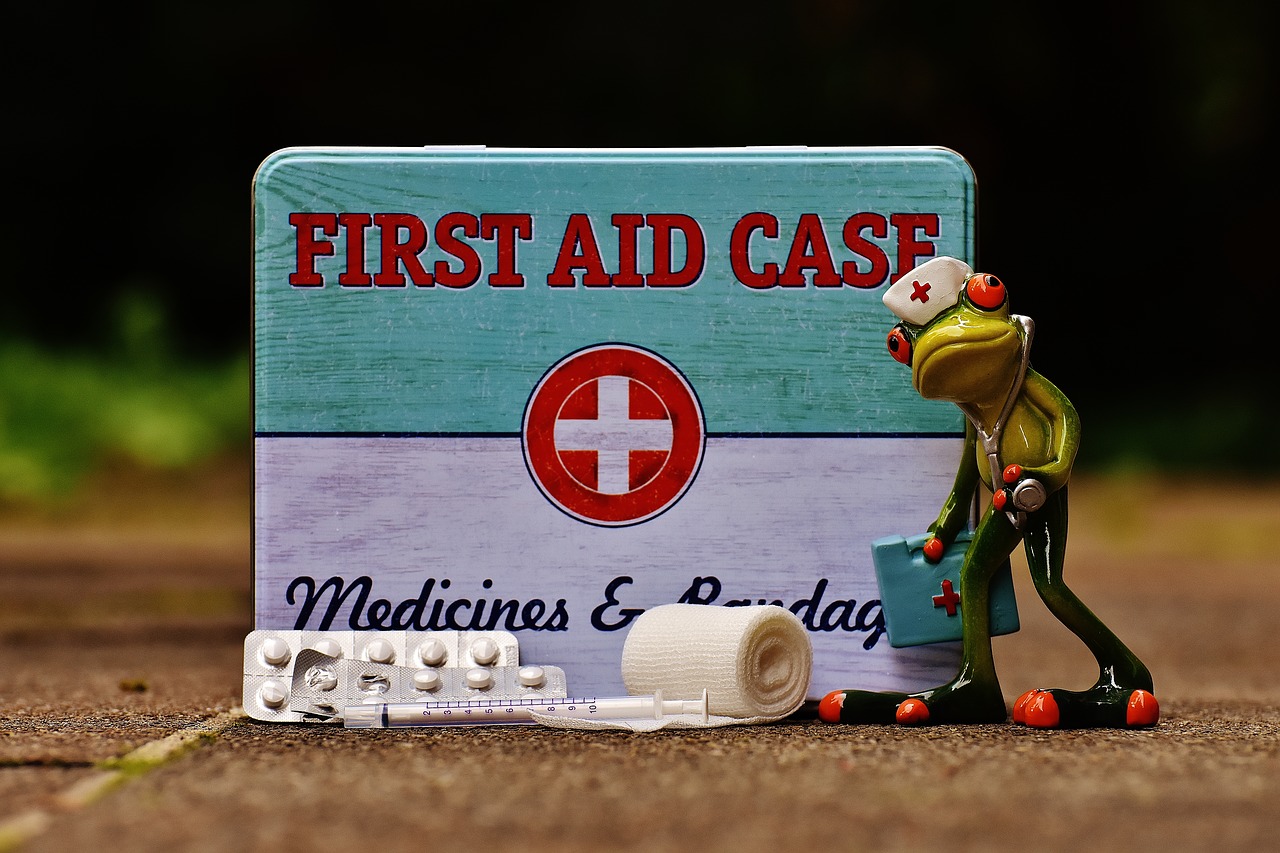‘Farmaci da banco’ is the name for over the counter medicines in Italy; those medications you can buy without a doctor’s prescription because they cure minor ailments.
Over the counter medicines in Italy can be found in pharmacies, drugstores (parafarmacie) and in the ‘health corners’ of major supermarkets. OTC medicines are displayed on the shelves accessible to customers, or on the shelves just behind the counter.
Head to the pharmacy (farmacia in Italian) for minor aches and pains, cold or flu, aspirin, vitamins, herbal remedies and non-critical emergencies. You will recognize the Italian pharmacy by the green cross that lights up intermittently outside the store – all pharmacies in Italy have them.
It is handy to know the names for the most common over the counter medicines in Italy so that if you get a pounding headache, fever, a cut that doesn’t heal or awful indigestion, you know quickly what to ask the pharmacist (farmacista) or look for in the store. You will need to interact with the pharmacist for most over the counter medicines in Italy, even if you don’t need a prescription to buy them. Don’t be discouraged: Italian pharmacists will be happy to advise you on the best treatment for you.

Guide to Over the Counter Medicines in Italy
Ibuprofen (Advil)
Used for treating pain, fever, and inflammation – Italian equivalent: Moment, or Brufen. Useful for headache, teeth pain and menstrual cramps, it is sold in tablets (called pastiglie or compresse). Also, Nurofen for fever and pain in children, sold as a syrup.
Acetaminophen/Paracetamol (Tylenol/Panadol)
Used to treat minor pain and fever – Italian equivalent: Tachipirina 500mg (for 1,000 mg pills, you’ll need a prescription). Tachipirina is normally used to bring down a high fever; there is also Tachipirina for babies in the form of suppositories (supposte). Another option is Efferalgan.
Antihistamine/Cetirizine (Benadryl/Zyrtec)
Used to treat allergies, runny nose and for relief from itching – the Italian equivalent is Zirtec (same, just with an ‘i’ instead of a ‘y’).
Heartburn/Indigestion (Zantac/Gaviscon)
Used to reduce stomach acid – Italian equivalent: Gaviscon and Maalox. Heartburn in Italian is “bruciore di stomaco” (stomach burn). There’s also Citrosodina, made with sodium bicarbonate, to protect against indigestion.
Other useful products
- For disinfecting cuts (tagli): Citrosil, Betadine, Mercuro Cromo.
- Band-aids are called cerotti.
- Cuts that get infected or take long to heal: Gentalyn Beta (cream).
- Itchy dermatitis, sunburn and insect bites: Polaramin (cream).
- Diarrhea (diarrhea): Imodium (same as in the U.S.).
- Vomiting: Plasil.
- Rehydrating solution: Dicodral.
- If you have a sore throat, try Benagol lozenges. As a spray or gargle, use Tantum Verde for pain relief and anti-inflammatory treatment of the mouth and throat.
- For cough: Tussistin, Bisolvon.
- Sleeping aids: Melatonina (melatonin), which is especially effective for jet-lag. A herbal remedy is valeriana (valerian).
Don’t be afraid to approach the pharmacist for advice; you can usually find at least one employee who speaks some English, especially in the more touristy areas. And make sure you understand the recommended dose – ask, if it’s not clear.
A final word of advice: if you take any prescription medication, always remember to take a sufficient supply with you during your Italian trip. Carry the medications in their original container, keep them in your carry-on bag along with your doctor’s prescription and a description of the medical problem and know the active ingredient of the medication. This will help you in case any medical issues are encountered during your vacation in Italy.
